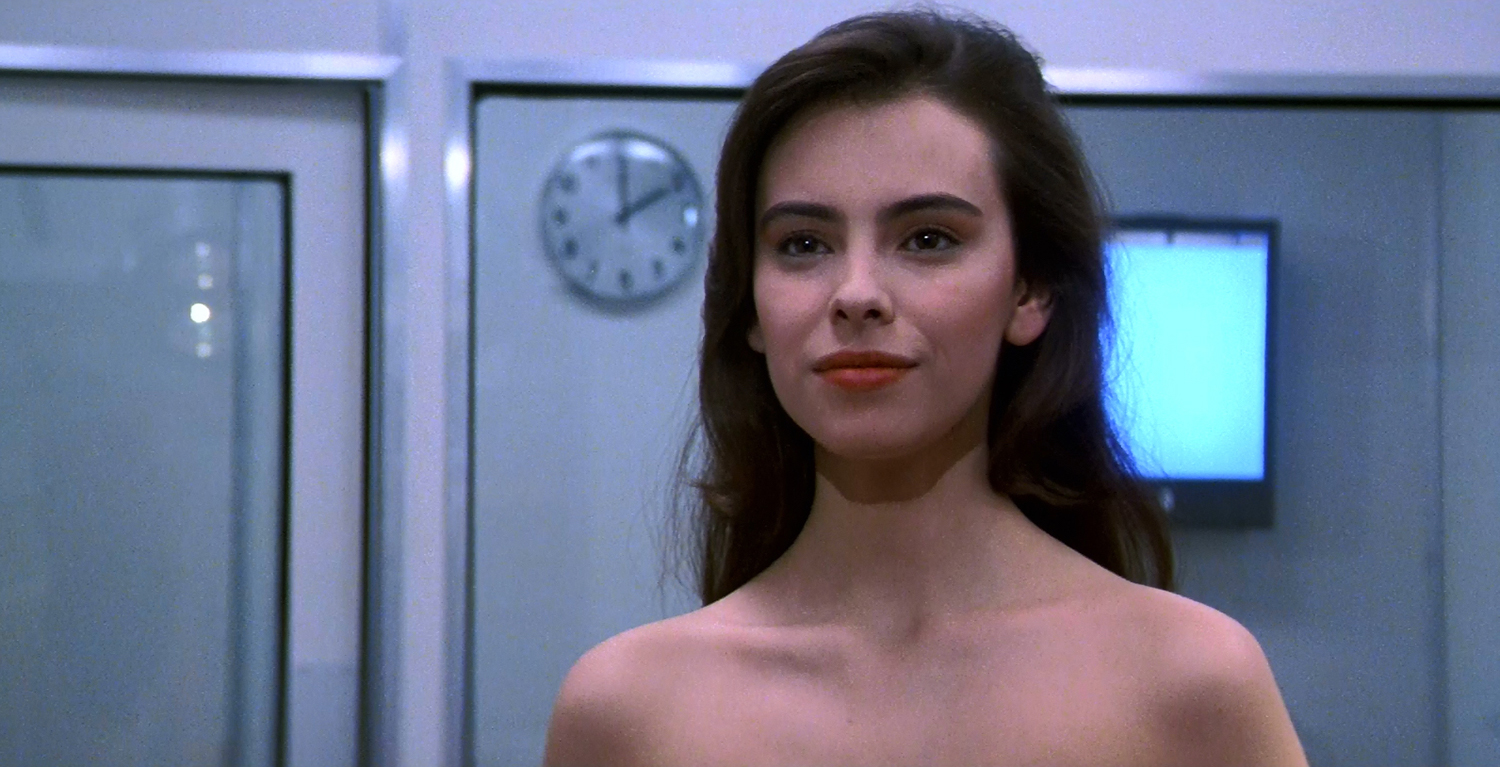

The conclusion I’ve come to after speaking to numerous other writers is that elevated horror is actually horror films taking place in elevators. Yet all of them are given the designation of elevated horror. In fact, it was nominated at the Golden Globes under categories for comedies or musicals! Let me explain: The King in Yellow and The Deep are cosmic horror mixed with deep psychological themes, The Witch is some cross between folk, religious and historical horror, and Get Out‘s searing satire makes it borderline horror-comedy. All flowers, but all different kinds of flowers.

The works called elevated horror are all as different from each other as roses are to tulips are to primulas. Sounds like a subgenre, doesn’t it? But it’s not. It might be almost called “literary horror,” because there’s an emphasis on wording the story nicely and making it just too dark to be called “literary fiction.” Examples include The King in Yellow by Robert Chambers, Interview with the Vampire by Anne Rice, The Deep by Alma Katsu, and A Cosmology of Monsters by Shaun Hamill.Īnd, most importantly, “elevated horror” can sometimes cross over into other genres, such as thriller, literary, or even comedy.Ĭan you really say The Witch and Get Out belong in the same subgenre? In terms of literature, “elevated horror” might have all of these as well as flowery language. Often, there’s a powerful social commentary being presented through the narrative, such as Get Out‘s commentary on race. In movies, films referred to as elevated horror include The Witch, Babadook, It Follows and Get Out, among others: they’re horror stories that focus more on probing psychological drama, characters and metaphor than blood and gore or supernatural horrors. It seems like a subgenre of horror at first glance when you look at works referred to elevated horror.

I’ve consulted with dozens of writers on this (thank you, Twitter and the Horror Writers Association Facebook group) and it’s not a subgenre. Elevated horror isn’t an actual subgenre of horror. Like slasher and its killers and gore, or Gothic with its ancient, diseased settings and corrupting influence. “Elevated horror.” And the speakers, whether in in the Scream movie or in the YouTube video, made it sound like it’s a recognized subgenre of horror with its own staple of tropes and trappings. I’ve heard this term thrown about a few times since January, first in the new Scream movie and most recently in an analysis of a horror film on YouTube.


 0 kommentar(er)
0 kommentar(er)
